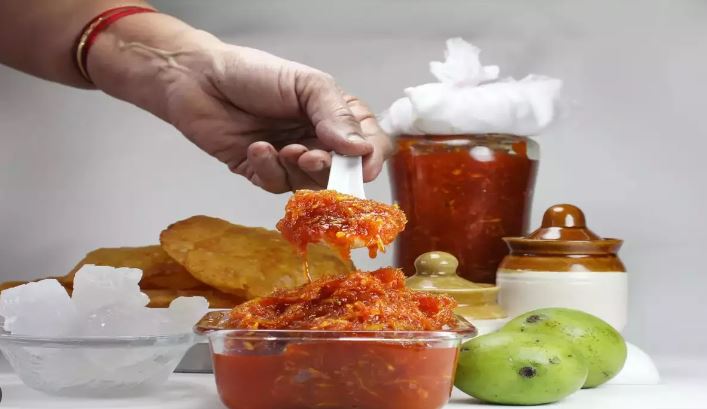Preservatives play a crucial role in extending the shelf life of food products by inhibiting spoilage and maintaining freshness. These substances work by slowing down or preventing the growth of microorganisms such as bacteria, yeast, and mold, which can cause food to spoil. Preservatives also help in preserving the color, texture, and flavor of foods. By stabilizing these attributes, they ensure that food remains safe to eat and retains its quality over time. This is particularly important for packaged and processed foods that need to be stored for extended periods.

How Preservatives Extend Food Shelf Life
Types of Preservatives
Preservatives come in various forms and serve different purposes in food preservation. Common types include chemical preservatives, natural preservatives, and biological preservatives. Chemical preservatives, such as sodium benzoate and sulfur dioxide, are often used in processed foods to prevent spoilage and extend shelf life. Natural preservatives, such as vinegar and salt, have been used for centuries in traditional food preservation methods. Biological preservatives, such as certain types of beneficial bacteria, can also inhibit spoilage organisms. Each type has its own set of benefits and applications depending on the food product and desired shelf life.
Mechanisms of Preservation
Preservatives extend shelf life through several mechanisms. One common method is by lowering the pH of food products, which inhibits the growth of microorganisms. Acidic conservatives like citric acid or acetic acid can create an environment that is unfavorable for bacterial growth. Another method involves creating a low-moisture environment, which slows down microbial activity. Salt and sugar are often used for this purpose, as they draw moisture out of the food and reduce microbial growth. Additionally, preservatives can act as antioxidants, preventing the oxidation of fats and oils, which helps maintain the food’s flavor and appearance.
Safety and Regulation
The use of conservatives is regulated to ensure that they are safe for consumption. Regulatory agencies, such as the U.S. Food and Drug Administration (FDA) and the European Food Safety Authority (EFSA), establish guidelines and permissible levels for various preservatives in food products. These agencies conduct rigorous testing and evaluations to ensure that preservatives do not pose health risks to consumers. It is important for manufacturers to adhere to these regulations and use conservatives within the recommended limits to ensure food safety and prevent adverse effects.
Health Considerations
While preservatives are essential for extending shelf life, some consumers are concerned about their potential health effects. Certain chemical preservatives have been linked to allergic reactions or sensitivities in some individuals. For example, sulfites can cause respiratory issues in people with asthma. As a result, there is a growing demand for foods with minimal or no added conservatives. Food manufacturers are responding by offering natural or organic options that use alternative preservation methods. Educating consumers about the types of preservatives used and their potential effects helps in making informed food choices.
Innovations in Preservation
Advancements in food technology continue to drive innovations in preservation methods. Researchers are exploring new techniques to extend shelf life without relying heavily on traditional conservatives. These innovations include the development of natural conservatives derived from plant extracts, probiotics, and advanced packaging technologies that inhibit spoilage. These methods aim to meet consumer demand for healthier and more natural food options while ensuring that food products remain safe and fresh for longer periods.
Conclusion
Conservatives are essential for extending the shelf life of food products by inhibiting spoilage and maintaining quality. They work through various mechanisms, such as lowering pH, reducing moisture, and acting as antioxidants. While their use is regulated to ensure safety, concerns about potential health effects have led to increased interest in natural and minimal-preservative options. Ongoing innovations in food preservation continue to address consumer preferences for healthier choices while enhancing food safety and longevity.




